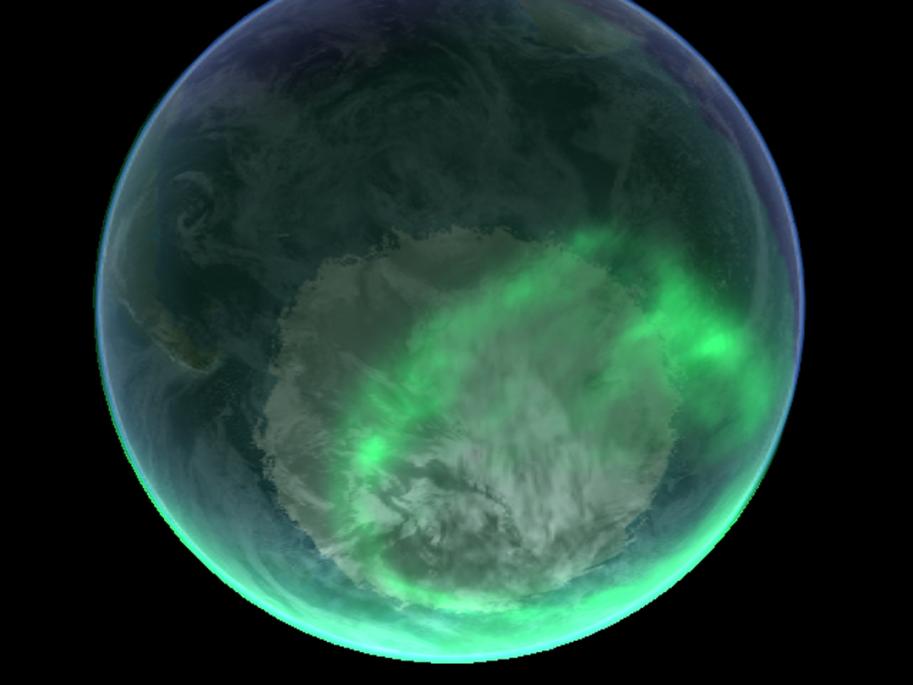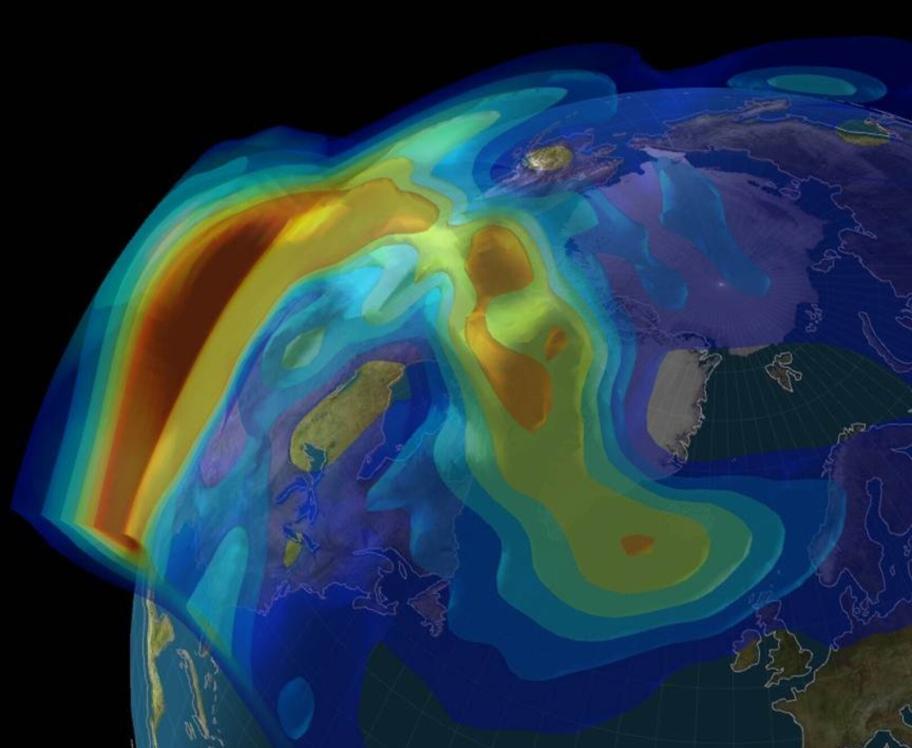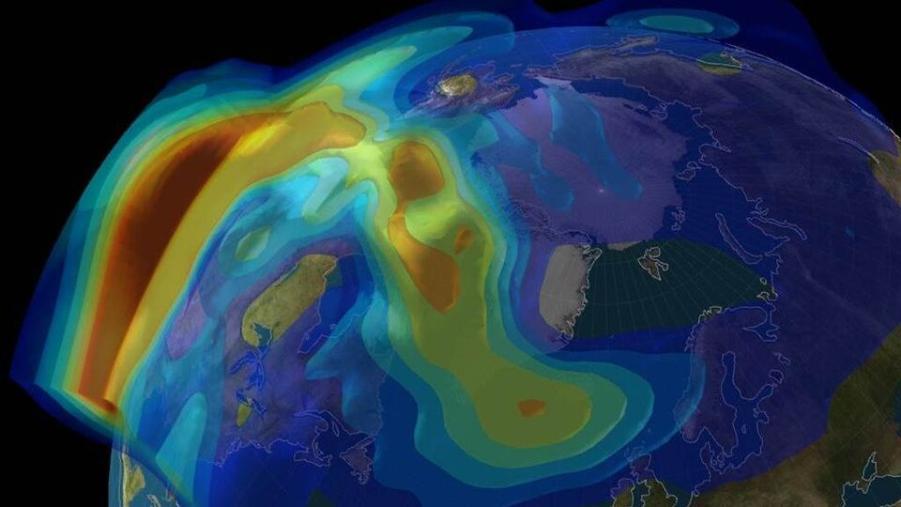How Do the Northern Lights Differ from the Southern Lights?
The Northern Lights, also known as Aurora Borealis, and the Southern Lights, or Aurora Australis, are captivating natural light displays that adorn the skies of Earth's polar regions. These celestial phenomena share similarities as mesmerizing spectacles, yet they possess distinct characteristics that set them apart.

I. Location And Visibility:
- Geographic Distribution:
- Best Viewing Regions:
- Optimal Conditions:
The Northern Lights are predominantly visible in high-latitude regions of the Northern Hemisphere, including Scandinavia, Alaska, Canada, and parts of Russia. Conversely, the Southern Lights grace the skies of the Southern Hemisphere, particularly Antarctica, southern Australia, and New Zealand.
For optimal viewing of the Northern Lights, regions like Tromsø in Norway, Fairbanks in Alaska, and Yellowknife in Canada offer prime locations. As for the Southern Lights, destinations such as Tasmania in Australia, Stewart Island in New Zealand, and Ushuaia in Argentina provide exceptional opportunities for witnessing this celestial spectacle.
Both auroras are best observed during clear, dark nights, away from light pollution. Winter months typically offer the highest chances of witnessing these displays due to increased darkness and solar activity.
II. Causes And Mechanisms:
- Scientific Principles:
- Geomagnetic Storms:
- Charged Particles and Earth's Atmosphere:

The formation of both auroras is rooted in the interaction between Earth's magnetic field and charged particles from the sun, known as solar wind. These particles are guided by magnetic field lines towards the polar regions, where they collide with atoms and molecules in the atmosphere, releasing energy in the form of light.
The intensity and frequency of auroras are influenced by geomagnetic storms, which are caused by solar flares and coronal mass ejections. During these events, increased solar activity leads to heightened auroral displays.

The colors and patterns of auroras are determined by the types of atmospheric gases that the charged particles collide with. Oxygen atoms emit greenish-yellow light, while nitrogen atoms produce reddish and purplish hues.
III. Visual Characteristics:
- Color Palettes:
- Patterns and Movements:
- Unique Features:
The Northern Lights typically exhibit a vibrant palette of greens, yellows, and sometimes reds and purples. The Southern Lights, on the other hand, often display hues of pink, red, and purple, along with greens and yellows.
Both auroras exhibit dynamic patterns and movements, constantly shifting and evolving. They can appear as curtains, rays, arcs, or even a corona-like structure encircling the magnetic pole.
The Northern Lights sometimes display a unique phenomenon called the corona, a faint glow that appears directly above the observer's head. Additionally, rays, which are narrow beams of light extending upwards, are more commonly seen in the Northern Lights.
IV. Cultural Significance And Folklore:
- Cultural and Historical Significance:
- Ancient Beliefs and Myths:
- Stories and Legends:
Auroras have held cultural and historical significance for various indigenous cultures around the world. In Norse mythology, the Northern Lights were believed to be the reflection of the Valkyries' armor, while the Māori people of New Zealand associated the Southern Lights with the spirits of their ancestors.
Many ancient cultures held beliefs and myths surrounding the auroras. Some saw them as omens or signs from the gods, while others believed they were caused by spirits or supernatural beings.
Numerous stories and legends have been passed down through generations, weaving tales of the origins and meanings of the auroras. These stories often reflect the cultural beliefs and values of the people who told them.
V. Scientific Research And Studies:
- Ongoing Research:
- Space Weather Forecasting:
- Climate Change Studies:
Scientists continue to study the auroras to gain a deeper understanding of their causes, mechanisms, and impact on Earth's atmosphere and climate. Research efforts involve observations, modeling, and data analysis.
Understanding the auroras is crucial for space weather forecasting, which helps predict geomagnetic storms and their potential impact on satellite communications, power grids, and other infrastructure.
Auroras can provide insights into climate change and its effects on Earth's magnetic field and atmosphere. By studying auroral patterns and behavior, scientists can gain valuable information about the changing climate.
VI. Tourism And Ecotourism:
- Promoting Tourism:
- Ecotourism Opportunities:
- Minimizing Light Pollution:
The auroras have become a major tourist attraction, drawing visitors from around the world to experience their captivating beauty. Aurora-viewing tours and expeditions are popular in regions where these displays are frequently visible.
Aurora tourism can also promote ecotourism, encouraging responsible travel practices and raising awareness about the importance of preserving the natural environment in which the auroras occur.
To ensure the long-term enjoyment of the auroras, it is essential to minimize light pollution, which can interfere with their visibility. Responsible aurora viewing practices include using low-impact lighting and avoiding excessive artificial light sources.
VII. Conclusion:
The Northern and Southern Lights, while sharing similarities as celestial spectacles, possess distinct characteristics that make them unique and awe-inspiring natural phenomena. Their beauty, cultural significance, and scientific importance continue to captivate and inspire people worldwide. As we learn more about these auroras, we deepen our appreciation for the wonders of our planet and the vastness of the universe beyond.
YesNo

Leave a Reply